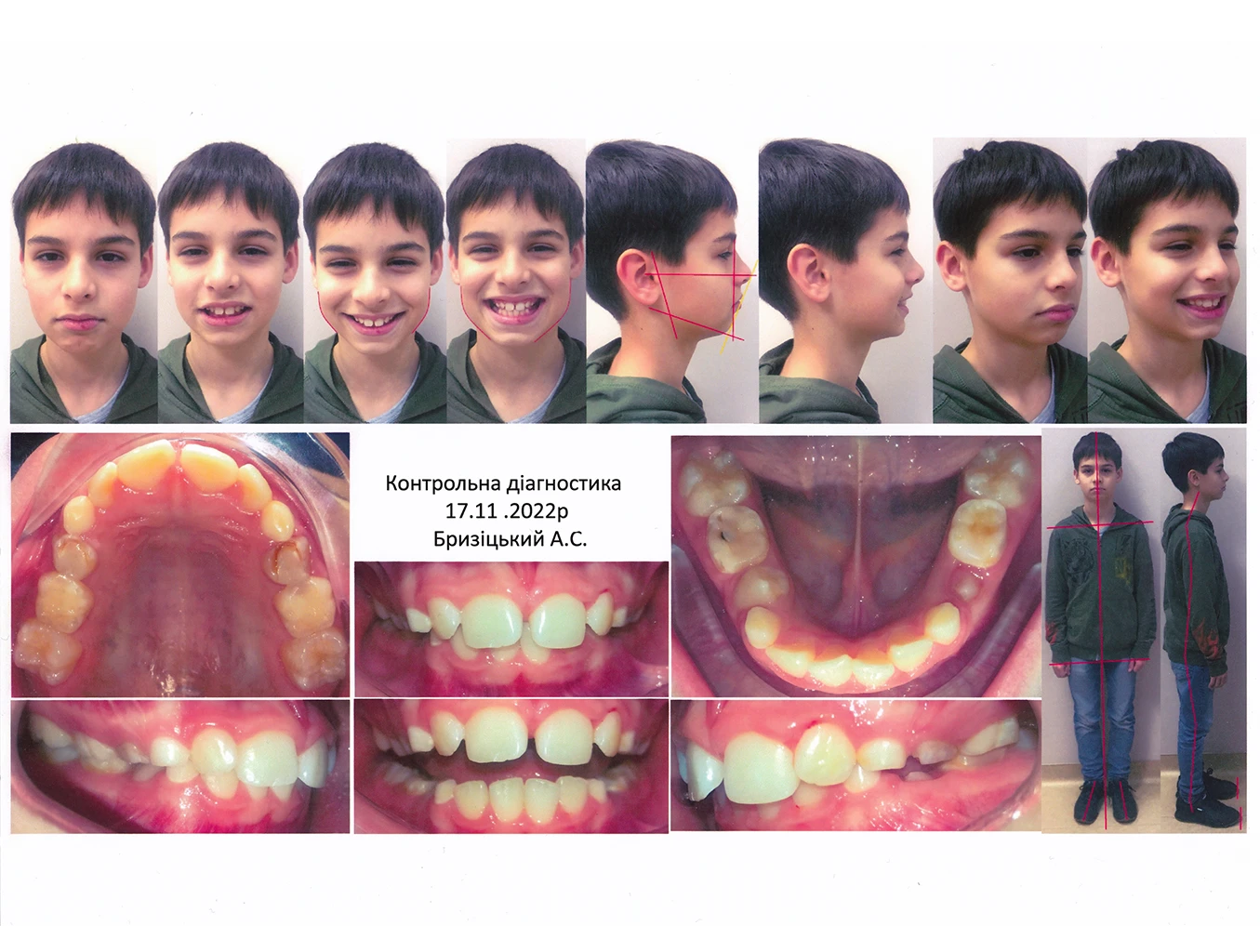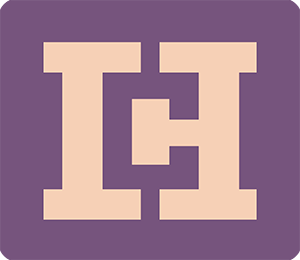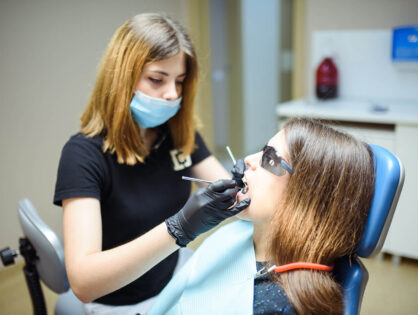Photo protocol is one of the essential visualization documentation tools in dentistry, during which a series of photographs of the clinical situation with which the patient came to the doctor are produced, as well as the stages of treatment delivery. This method allows to clearly assess the effectiveness of treatment in the “before-and-after” format.
It is photos and videos that help:
- effectively plan dental treatment (aesthetic, surgical, orthodontic)
- diagnose the condition of the oral cavity and dentition
- demonstrate to the patient the real clinical situation, as well as provide the patient an accessible explanation about what happens during and after the completion of treatment
- demonstrate to the patient the result of the treatment
- form a trusting relationship between the patient and the doctor
- form a doctor’s portfolio (while maintaining patient anonymity and consent to use photographs)
In our dental clinic, we use professional photographic equipment: macro lenses and special flashes that provide high-quality images on monitors. Macro lens allows you to capture even the slightest flaws in the resulting images.
The presence of photo fixation in a dental clinic is a sign of a professional approach to treatment and work by doctors. Furthermore, thanks to a series of photos in the doctor’s portfolio, you can evaluate the results of his work and make sure of his professionalism.
Like any information regarding the health status and treatment of patients, all photo and video materials are completely confidential. Unauthorized persons do not have access to them.

What is a photo protocol in dentistry?
Photo protocol is also called dental photography or photofixing — this is the creation of a series of photographs of the patient’s oral cavity. They are needed primarily in order to fix all stages of treatment. Basically, photo fixation is required in cases where treatment includes several stages or sessions, as well as the work of several specialists, for example, a therapist, an orthodontist and an orthopedic dentist.
In dentistry, several versions of the photo protocol are carried out:
- Intraoral sighting — photographing of individual teeth or/and periodontal areas
- Intraoral general — creating a “panorama” of the dentition, part of the jaw, gums, and lips in full face
- External — photographing facial features, patient’s smiles.
Photo protocol is appropriate for several reasons:
- The photos clearly show how the treatment of the dentition, accompanying tissues changes facial features, facial expressions, facial proportions.
- Evaluation of the effectiveness of treatment. Sometimes it is difficult to determine “by eye” how much the clinical situation has changed after dental treatment or restoration. But a series of photos “before — after” will informatively show the result of the work.
- In cases where treatment requires collaboration work of specialists in different areas of dentistry, photo protocol allows doctors to discuss the treatment plan. To do this, you do not need to involve the patient or disturb him with additional visits to each specialist separately. The doctor will only need a photo and computed tomography to create an optimal treatment plan.
- Powerful psycho-emotional support. For example, orthodontic treatment sometimes takes months and years. A series of photos with a photo protocol helps the patient to see how his appearance improves, to motivate him to follow all the recommendations of the orthodontist.

How is the photo protocol carried out?
Firstly, dental photography should be carried out regularly, starting from the first visit to the clinic and for each patient. This is necessary to compare clinical cases with archival data, data from other dentists and clinics. To ensure that practitioners from various dental fields do not have difficulties in processing the captured information, it is necessary to standardize dental photography.
In the photo protocol the following is recorded:
- Face (profile, full face (with a smile of the patient).
- Panoramic shooting is carried out in two positions: closed jaw and open jaw by 1-2 mm.
- An occlusive photo is taken: upper dentition, lower dentition.
- A lateral photo is taken: (from the cheek side), the right part of the dentition, the left part of the dentition.
- Upper and lower incisors for light are photographed.
The stages of dental photo fixation
Previously, the dentist informs the person about the need for photo fixation. He explains the purpose of the procedure and its sequence.
Further, the photo protocol is carried out as follows:
The dentist shows the patient the camera and its work with the flashlight outside the oral cavity, if this procedure is used for the first time. This is necessary so that in the process of work there are no unpleasant surprises.
With the help of a special retractor, the dentist removes the lips and cheeks from the field of view. They are fixed in the desired position. It is necessary that only dental units get into the picture.
Using a mirror, photographs of the reflection of the upper and then lower jaw are taken.
After that, the pictures are displayed on the computer monitor and shown to the patient.
Each of the photo fixation steps is discussed with the patient. This helps to increase his confidence in the doctor.
Advantages of using a photo protocol
The advantages of using a photo protocol by a dentist are:
- Simplification of communication between the patient and the doctor at the stage of explaining the course of treatment.
- Fixation of each individual stage of treatment.
- The opportunity to consider in detail the condition of the patient’s teeth.
- It is easier to manufacture a structure for prosthetics, in particular, in determining color.
- Improvement of communication between all participants in the dental process.
Advantages of photo protocol for the patient:
- The patient better understands the need for certain procedures for his teeth.
- Has the opportunity to visually observe the results of the dentist’s work.
- Motivation to continue treatment by observing intermediate outcomes, especially with long-term therapy.
- After completion of treatment has access to archival information, even in the case of a change of doctor.
Photo protocol is an effective tool for diagnosis and control. It allows you to assess the patient’s condition, gradually monitor the treatment process, visually assess the results and quality of treatment.




